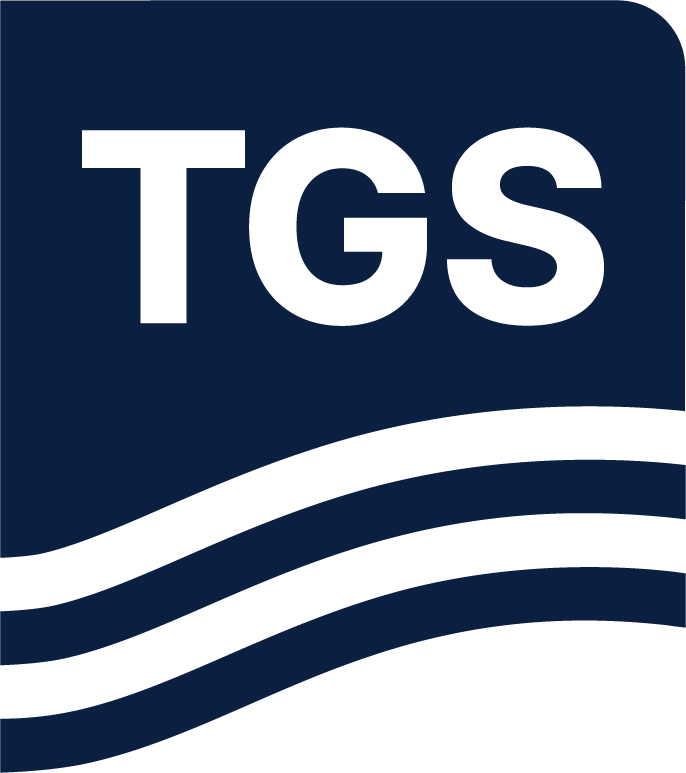Paper Summary
Acquiring surface seismic data over carbon storage sites can be challenging, particularly in shallow water environments where co-located structures such as platforms, production facilities and windfarms are and will be more prevalent. Moreover, CCS monitoring solutions need to be more cost effective than monitoring of Oil and Gas reservoirs. In response to these challenges, innovative acquisition solutions were tested at the Sleipner field, where Equinor has been sequestering CO2 since 1996. A short streamer acquisition (XHR) was acquired to obtain a high-resolution image of the subsurface. In parallel, Ocean Bottom Nodes (OBN) were deployed on a sparse grid in order to derive a velocity model using Full Waveform Inversion (FWI). Sparse node acquisition has limitations, notably in the sampling of the very shallow subsurface and this can compromise high frequency velocity updates. To ameliorate this issue, the authors present a work that leverages multiples to stabilize and enhance the accuracy of the velocity models obtained with FWI, which then enables robust and reliable monitoring of CCS sites.

